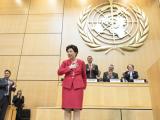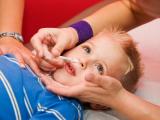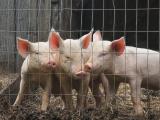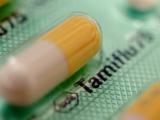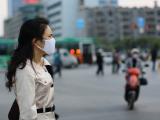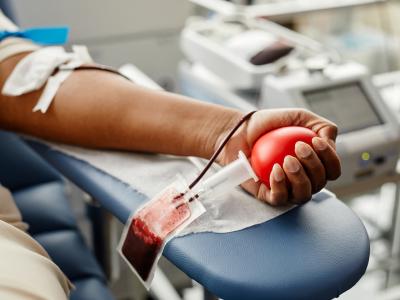Sep 9, 2010
CDC finds little disruption in short pandemic school closure
Short school and daycare closures in areas where pandemic 2009 H1N1 activity was high had little adverse effects on parents, according to survey results that appear today in Morbidity and Mortality Weekly Report (MMWR). In the first report of its kind, researchers from the US Centers for Disease Control and Prevention (CDC) and the Harvard Opinion Research Program conducted a randomized telephone poll of 523 parents from 39 states who were affected by a temporary school or daycare closure during the pandemic. They found that 90% of parents agreed with the dismissal decision and that 85% believed the measure reduced flu transmission. Though about 20% missed work and 19% had a child who missed free or reduced-cost lunch, only 3% reported that the dismissal was a major problem. In 58% of cases, the dismissal lasted 3 days or less. Regarding social distancing, 56% reported that their child participated in at least one outside activity during the dismissal, such as going to a friend's home or grocery shopping. Researchers concluded that even though the brief closures didn't cause major disruption, public health and school authorities should weigh the health consequences of disease spread against potential consequences such as missing work and arranging for child care.
Sep 9 MMWR report
States varied widely in expanding practice scope during pandemic
Researchers found that many states acted to expand the role of licensed healthcare providers during the 2009-10 H1N1 influenza pandemic to help with vaccine administration but that approaches varied widely, according to a report in Biosecurity and Bioterrorism. They identified 14 states and Washington, DC, as having expanded the scope of practice during the pandemic, but no common approach was used. Most of the actions were limited, such as expanding the age range of patients to whom pharmacists could administer vaccine, but others authorized multiple groups of practitioners to administer vaccine, such as pharmacists (11 states plus DC), emergency medical services personnel (6 states), dentists (3 states), and medical, nursing, or pharmacy students (2 states). Physician assistants, podiatrists, midwives, some dental hygienists, and veterinarians were approved in one state each. There were "significant differences" in the legal and regulatory approaches to expanding the scope as well, and the conditions for expansion also varied. The authors concluded that such differences did not seem to impede vaccine distribution last year but "could lead to significant response challenges, delays in providing care, and confusion during more catastrophic public health emergencies."
September Biosecur Bioterror abstract
Report documents stigmatization of immigrants in pandemic
Another study in Biosecurity and Bioterrorism determined that, during the spring wave of the 2009 H1N1 pandemic, Mexican citizens and commodities were shunned globally and that some US media portrayed Mexican immigrants as "disease vectors who were a danger to the country." Researchers conducted 45-minute telephone interviews last summer and fall with 31 national and local executives from community clinics, government agencies, and advocacy groups that serve migrant and seasonal farm workers, as well as contacts in industry and academia. The authors observed reports of stigmatization against a backdrop of anti-immigrant sentiment, ingrained barriers to treatment and vaccination, poor working and living conditions that may have contributed to disease spread, limited federal resources, and medical histories that may have predisposed immigrant farm workers to H1N1 complications. They recommend steps to implement nationwide to address these issues, including building measures into preparedness planning to prevent stigmatization.
September Biosecur Bioterror abstract
Australian study suggests 16% were infected in first pandemic wave
On the basis of serologic testing, researchers from Sydney, Australia, estimate that 15.6% of New South Wales residents were infected with the 2009 H1N1 flu virus during Australia's first pandemic wave, which started in May 2009. The researchers tested for 2009 H1N1 antibodies in 474 samples collected opportunistically in 2007 and 2008 and in 1,247 samples collected in August and September 2009, after the first wave but before introduction of the pandemic vaccine, according to their report in PLoS One. They found the seroprevalence of 2009 H1N1 antibodies increased overall from 12.8% to 28.4% between the two sampling periods. Increases were restricted to people younger than 65 and were greatest in those 12 to 17 years old and 18 to 34 years; the infection rate for the latter two groups was estimated at 27%. "Unless pre-season vaccine uptake is high, there are likely to be at least moderate rates including some life-threatening cases of pH1N1 infection among young people during subsequent winters," the authors state.
Sep 7 PLoS One report


